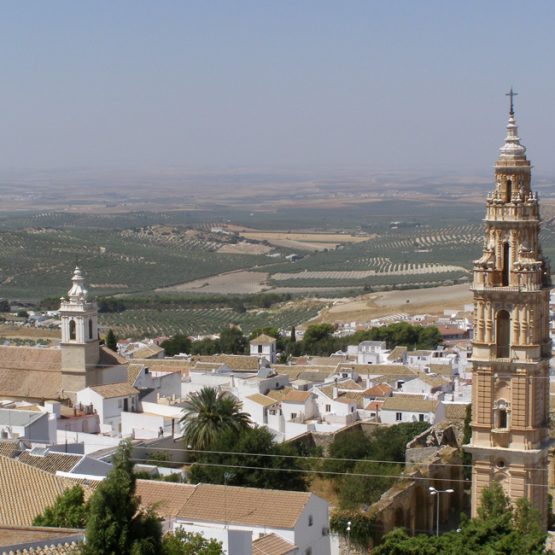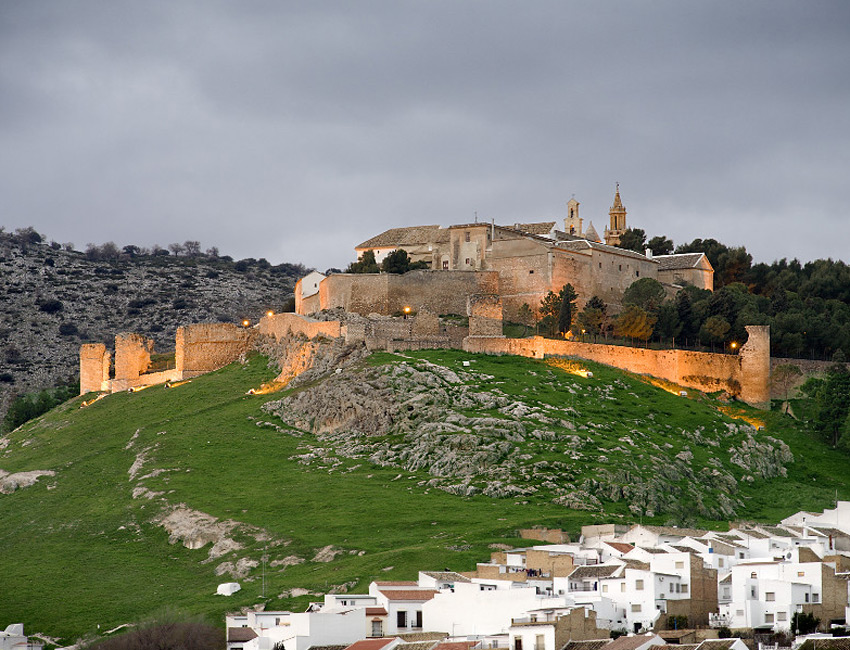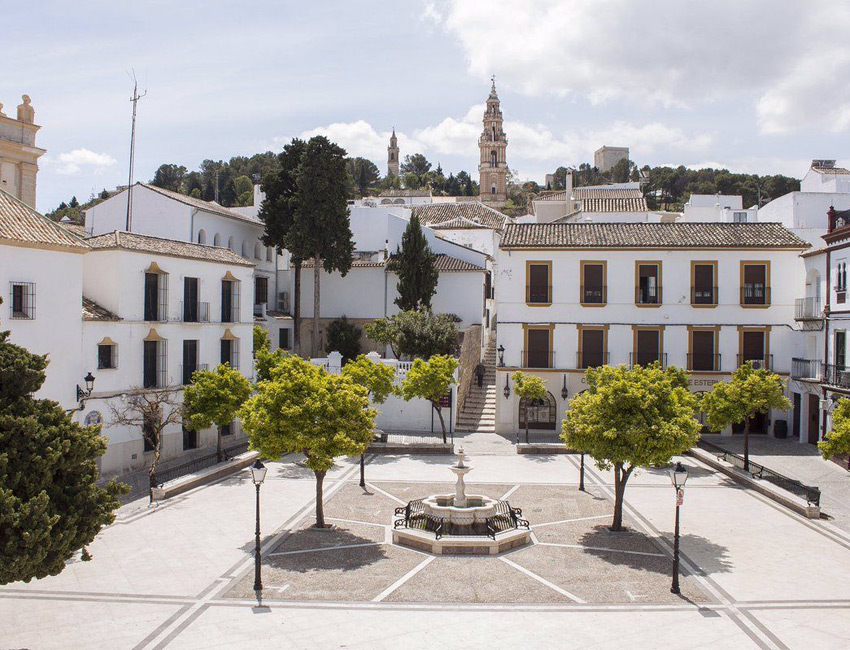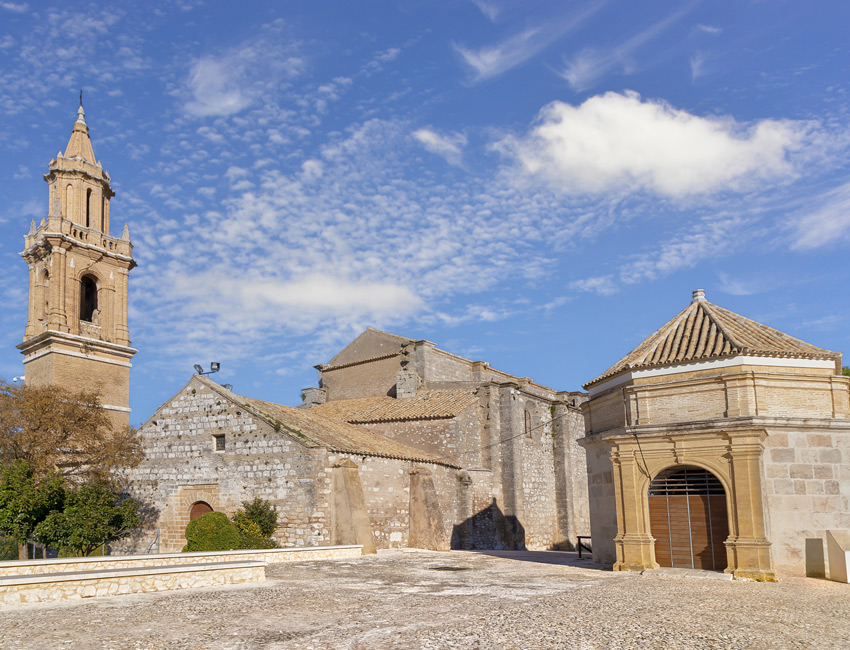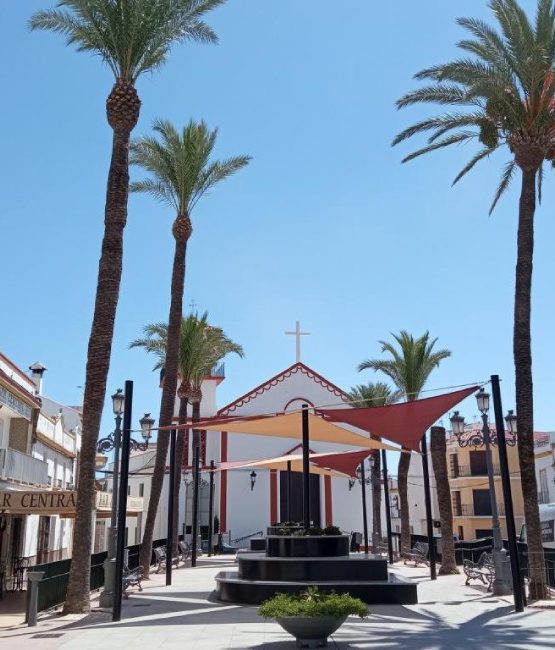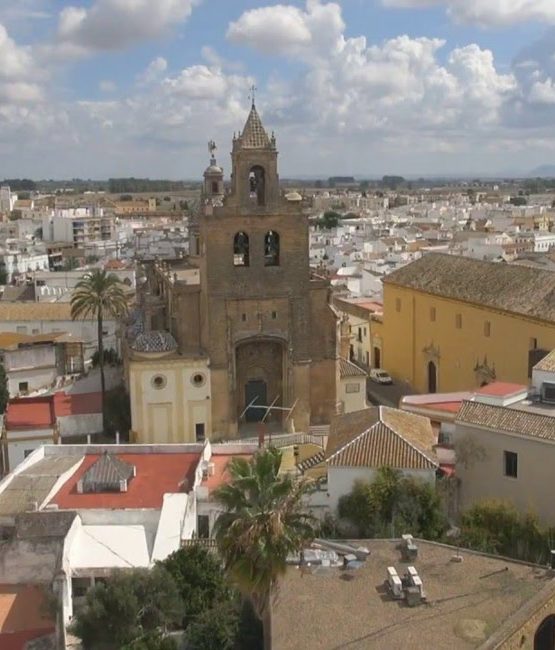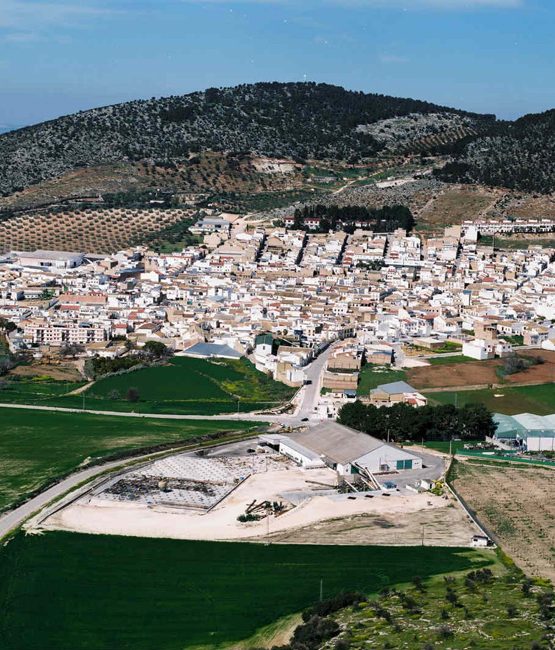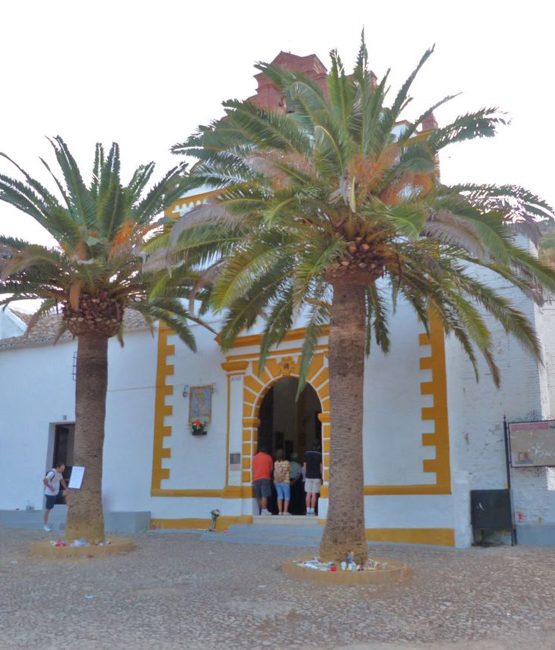Estepa in Seville province is an ancient town and is famous for its renowned biscuits. Known as mantecados and polvorones which its bakers make each Christmas and which are eaten across this region of Andalucia.
Local information
Ayuntamiento de Estepa
Avenida Badia Polesine, 28, 41560 Estepa (Seville)
Telephone: 955-912-717
http://www.estepa.es/
 |
 |
 |
 |
 |
 |
| Residents 14000 |
Health Clinic | Bars, shops, restaurants | Schools | Municipal pool | Beach 1h 15min |
 |
 |
 |
 |
 |
 |
| Golf nearby | Antequera 40km Malaga 95km Granada 140km Seville 110km | Bus and train services |
Malaga airport 95Km |
Granada airport 140Km |
Seville airport 110Km |
Gallery
Main information
The Romans re-populated the town from their settlements elsewhere in the region and called it Ostipo. In the eighth century, the Moorish armies who had invaded the south-western tip of the region in 711 CE took the town and renamed it Istabba.
Fiestas
-
- February 2 – large bonfires are lit to celebrate the Candelaria and to warm people observing the night-long religious vigil.
- May 1 – the town celebrates the local Romeria (procession) de San Jose Obrero.
- On the third Sunday of every May – the neighbourhood known as the Octava (eighth) de los Remedios celebrates its own festival around calle Roya.
Town video
Properties for sale in this town
Click here to view the property details.


